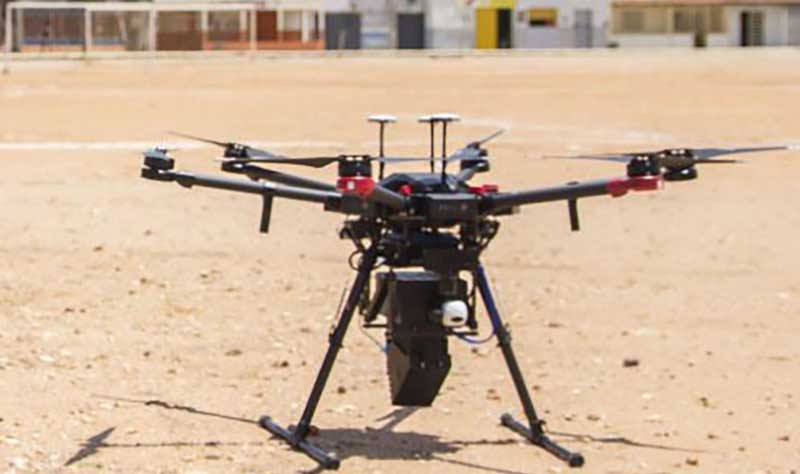
News
IAEA + WeRobotics Successfully Test Drones in Battle Against Zika and Dengue
Drones are being used in many ways to deal with life-threatening diseases such as the mosquito-borne Zika and Dengue viruses, from mapping of breeding sites in Brazil to tracking of mammalian carriers like macaques in Malaysia.
As we reported late last year, humanitarian drone network WeRobotics have been working on a plan to reduce mosquito populations in Latin America by dispersing sterile male mosquitos among fertile populations – the idea being that females that mate with a sterile male will, naturally, not reproduce.
Current solutions for mosquito population control such as fumigation and pesticides have environmental downsides, WeRobotics co-founder Adam Klaptocz noted last year.
To improve efforts in the fight to reduce or prevent spreading of these deadly diseases, WeRobotics came up with the idea of using drones to help spread the sterile insects.
In a collaborative effort with an international agency more commonly concerned with all things nuclear, this method has now been successfully tested.
The role of the International Atomic Energy Agency (IAEA) in the project has been the application of a method that uses radiation to sterilise the mosquitos.
The method which is known as Sterile Insect Technique (SIT), is a form of insect birth control. This method has been used for over 50 years to help suppress mosquito and other agricultural pest populations, but ground-based methods of dispersal proved costly, time-consuming and labour-intensive, IAEA said in a press release.
“The release mechanism for mosquitos has until now been a bottleneck in the application of SIT to control human diseases,” said Jeremy Bouyer, medical entomologist at the Joint FAO/IAEA Division of Nuclear Techniques in Food and Agriculture.
“The use of drones is a breakthrough, and paves the way for large-scale and cost-efficient releases, also over densely populated areas.”
As the Aedes mosquito does not travel more than 100 metres in it’s entire lifetime, ensuring an even spread of sterile males over a large area presented a challenge.
Additionally, the insects are fragile, and thus high-altitude air drops by aircraft are likely to damage wings and legs, meaning they cannot mate with their prospective partner.
“The biggest challenge in designing this mechanism was keeping the mosquitos healthy and competitive while transporting and releasing them at cool temperatures” said Adam Klaptocz, co-founder of WeRobotics. “We’re pleased with initial tests that show less than 10 per cent mortality through the entire chilling, transport and aerial release process.”
The drone method of dispersal also speeds the entire process up. “With the drone, we can treat 20 hectares in five minutes,” Bouyer said.
Since the method was successfully tested last month, IAEA and its partners intend to introduce the drone-based system in selected urban and rural areas on Brazil in early 2019, where the risk of infection peaks during the mosquito’s favoured season for reproduction, summer.
Until then, the project team are working on reducing the weight of the drone, tripling its capacity to carry 50,000 sterile mosquitoes per flight to 150,000. With a cost of 10,000 euros per drone, the drone dispersal method halves the cost of SIT mosquito drops.
“We are hopeful about the application of SIT for the control of Aedes aegypti in Brazil with the results from the drone tests,” said Jair Virginio, Director of Brazil-based Moscamed, a recently-designated IAEA Collaborating Centre.
Development of the dispersal drone was made possible with a grant from the United States Agency for International Development.


















